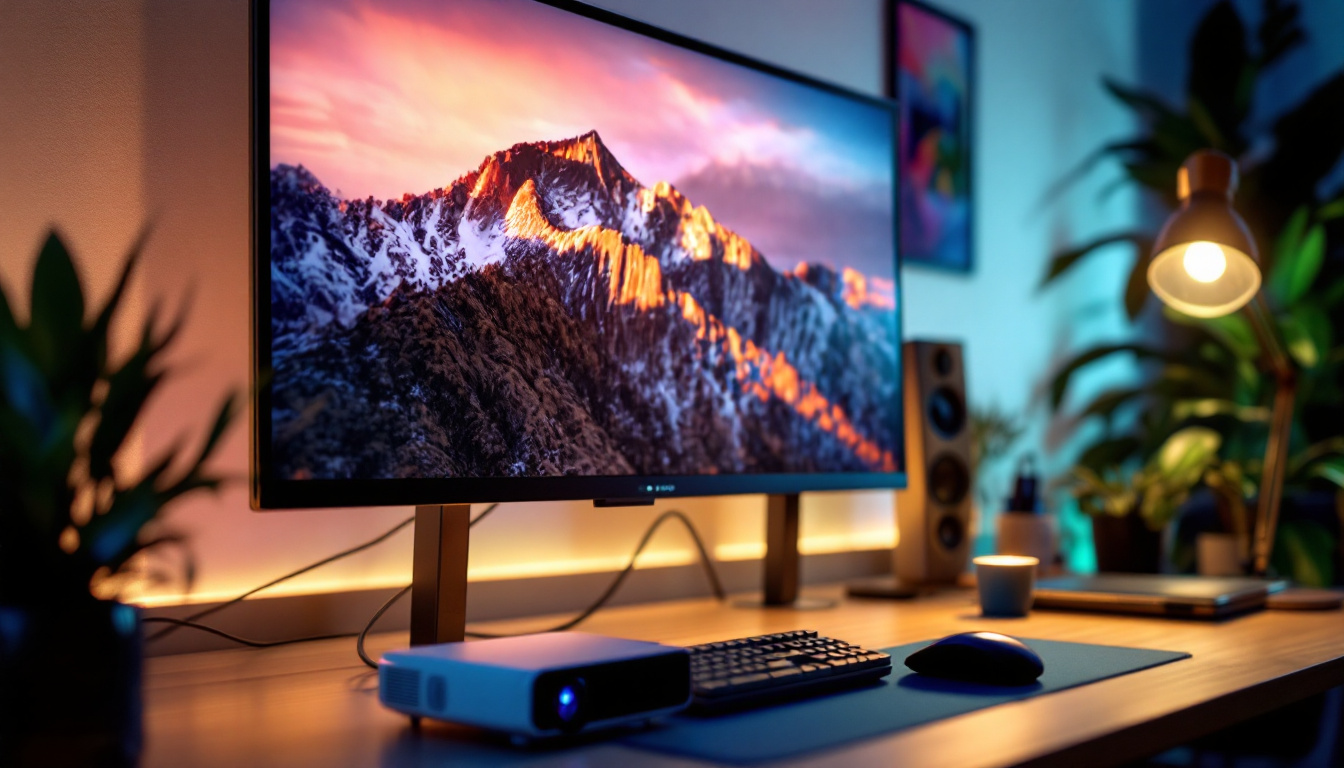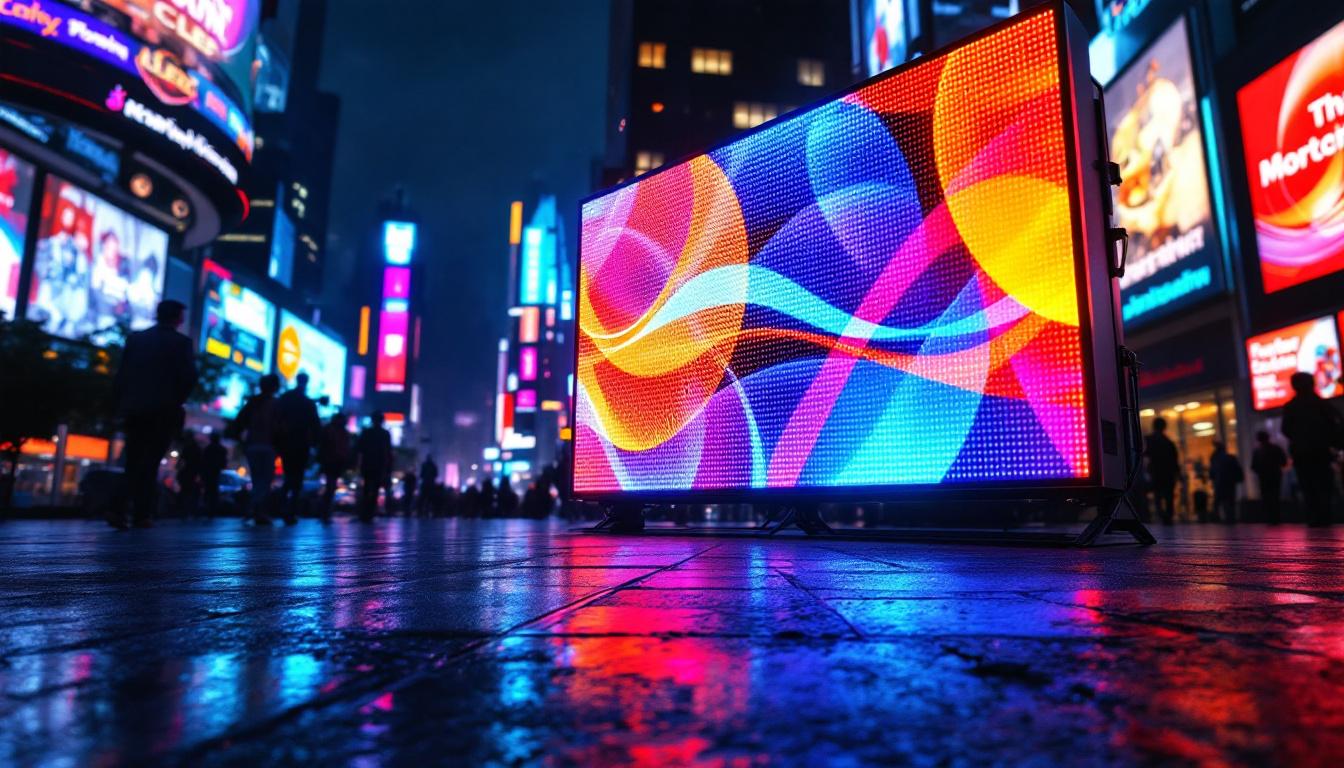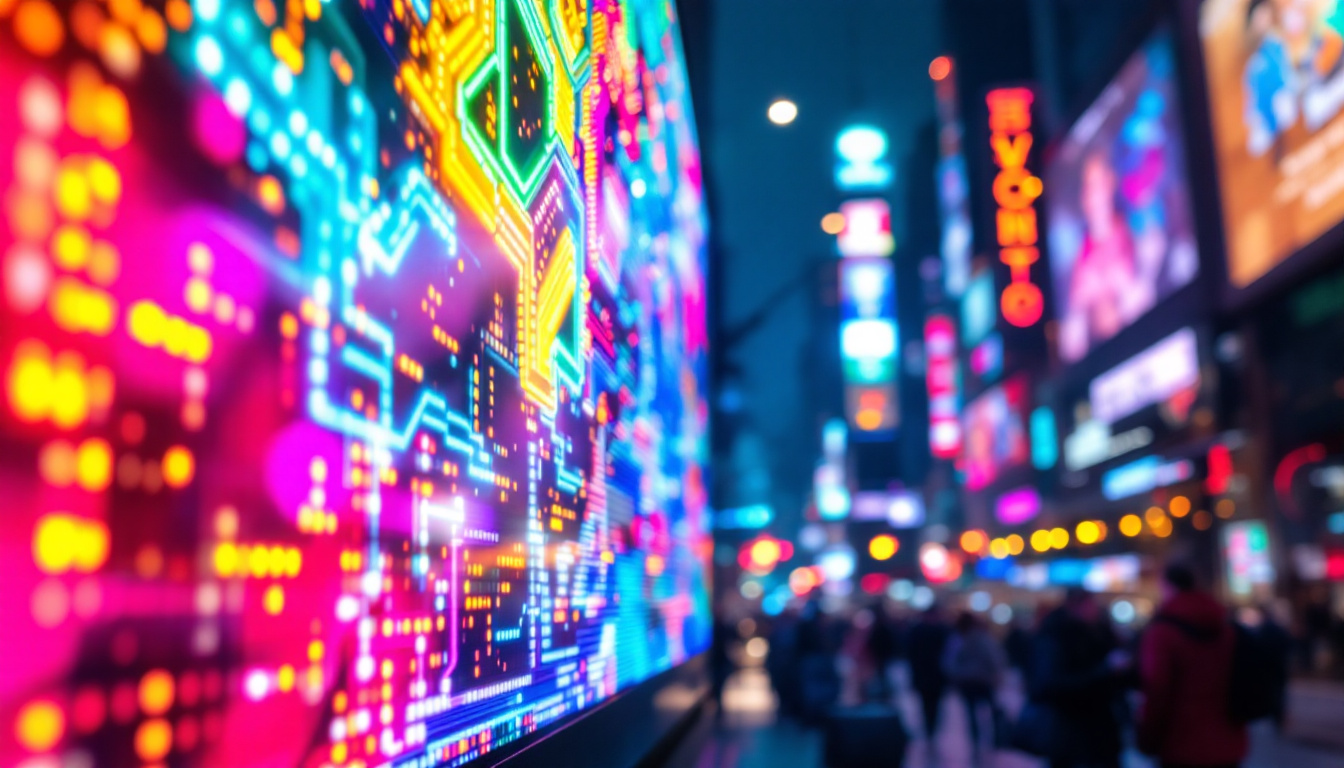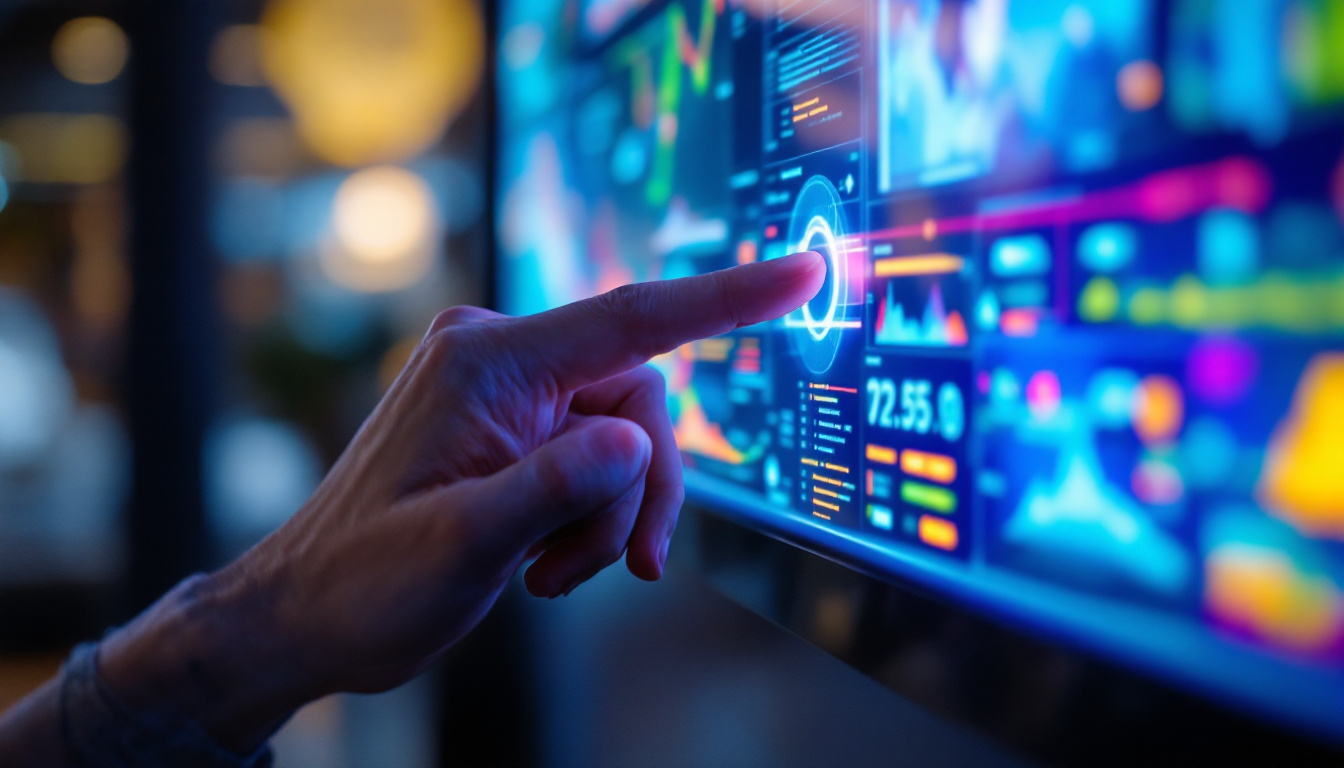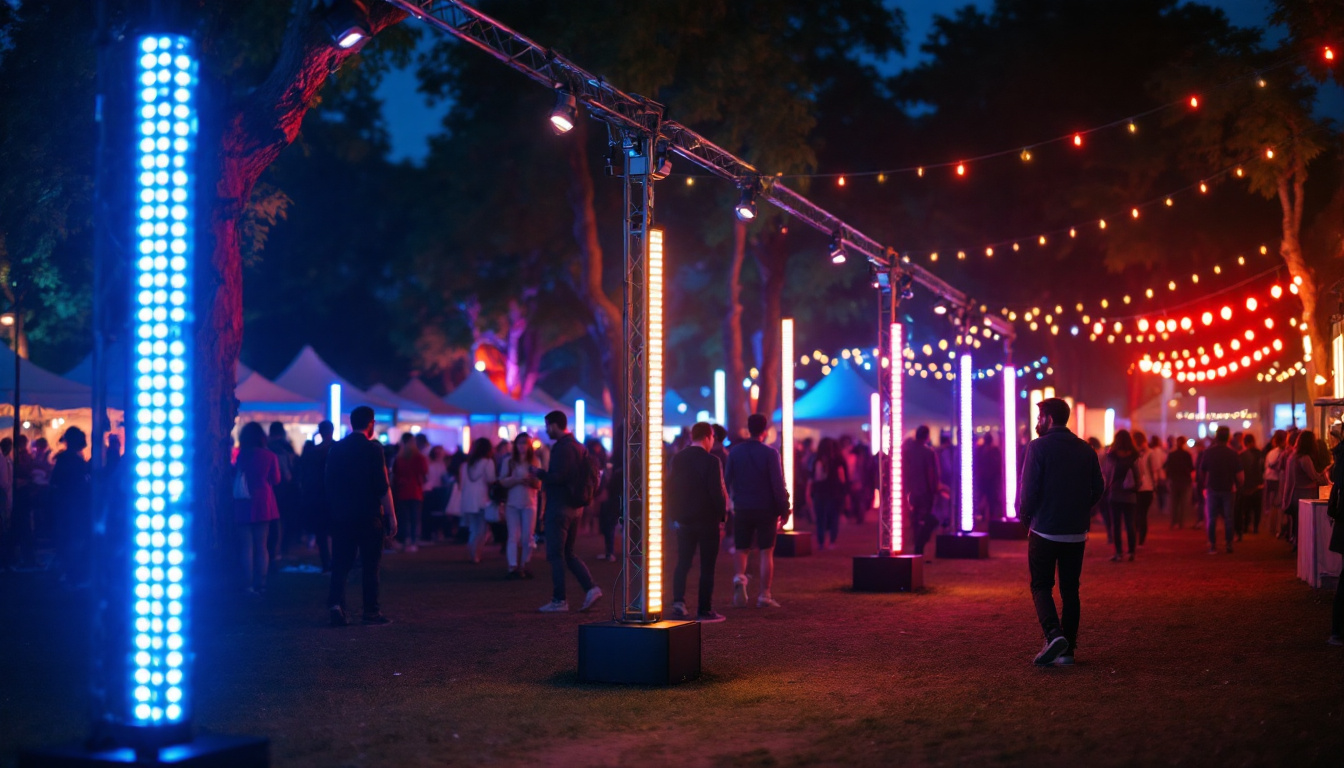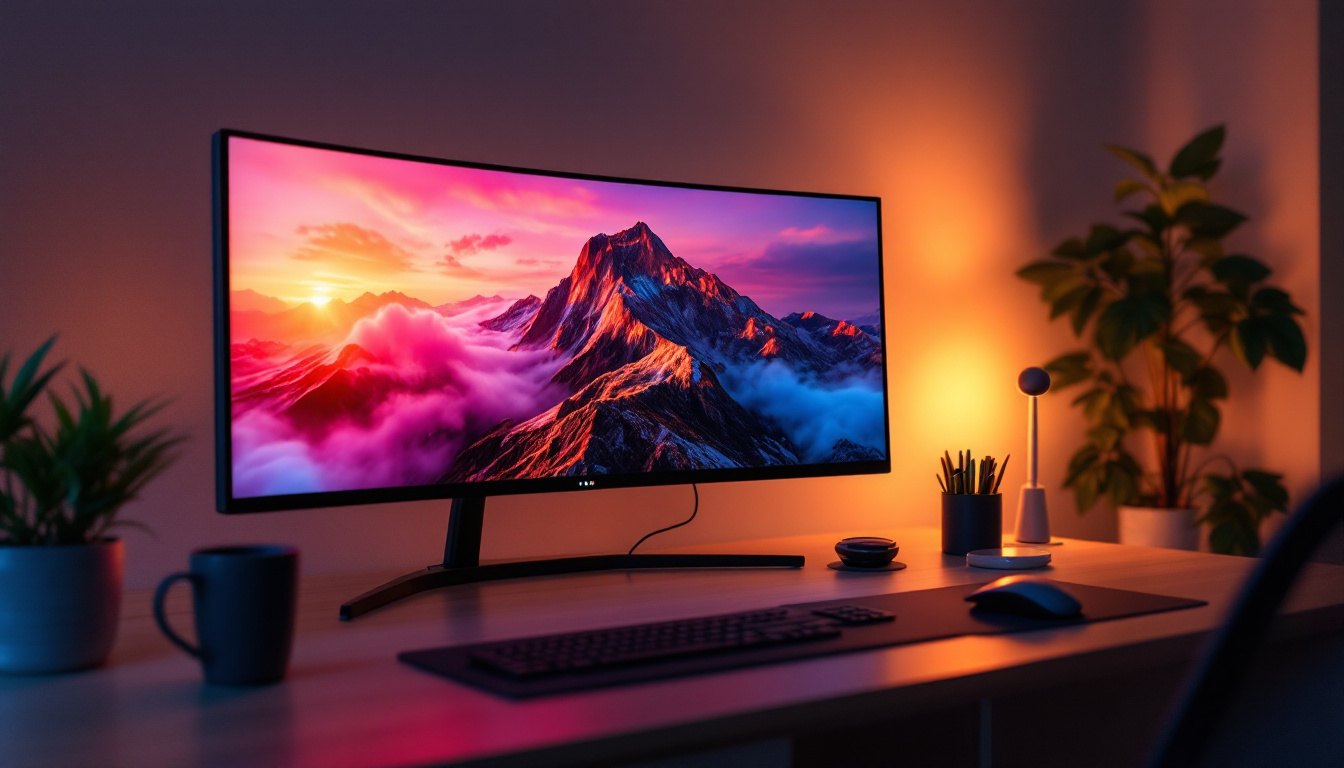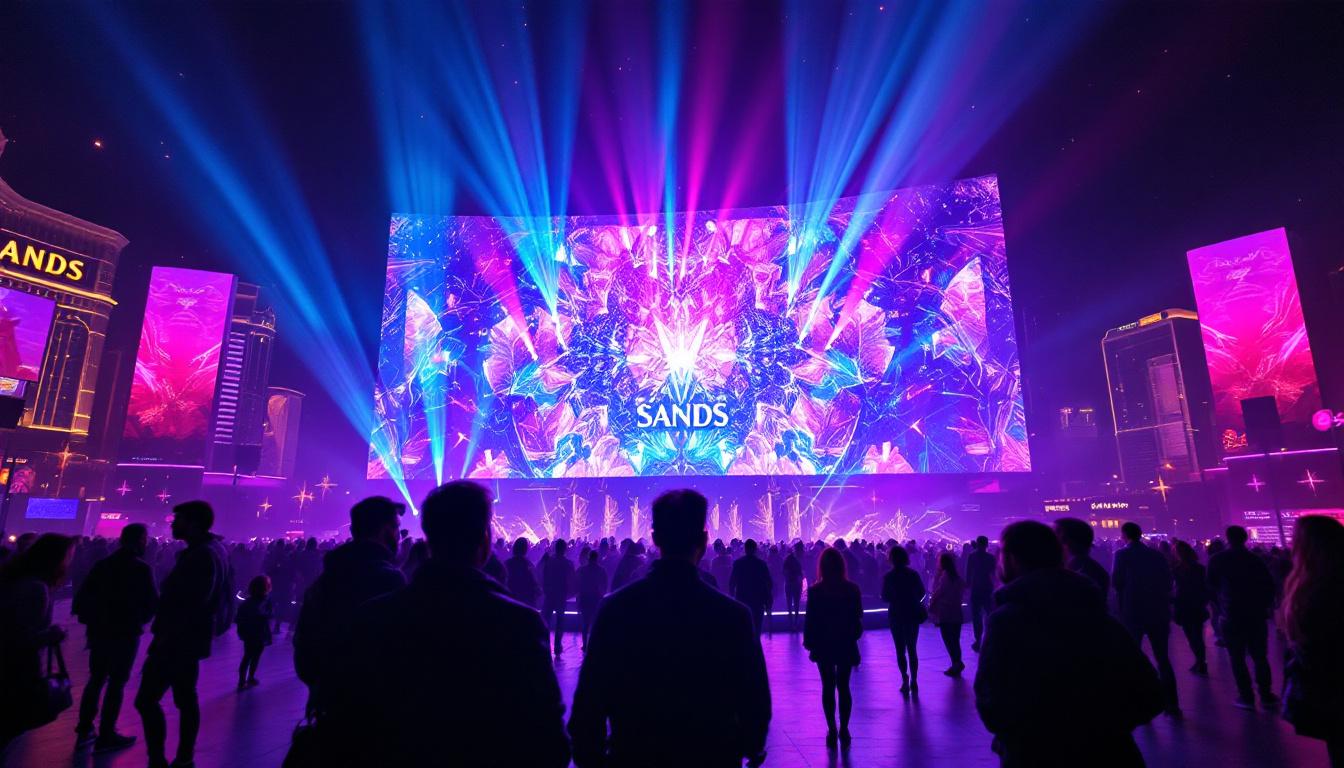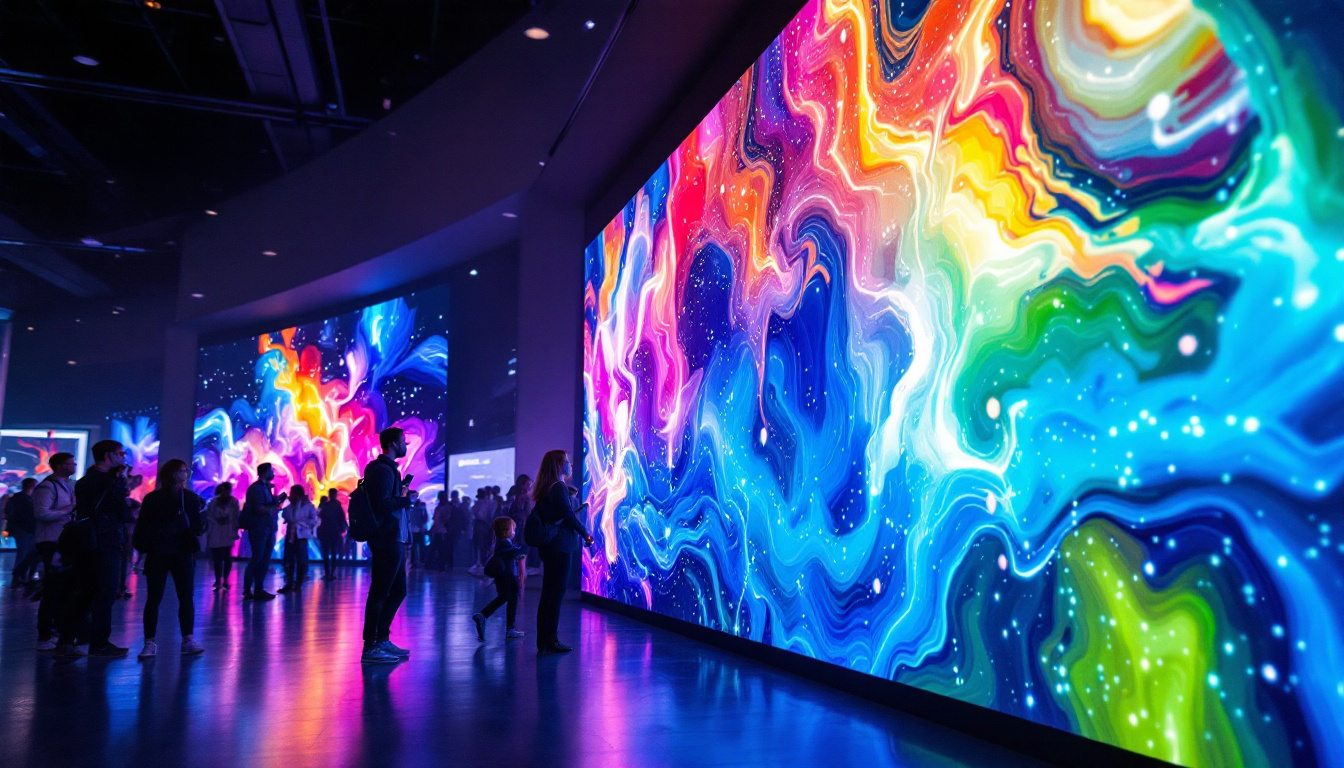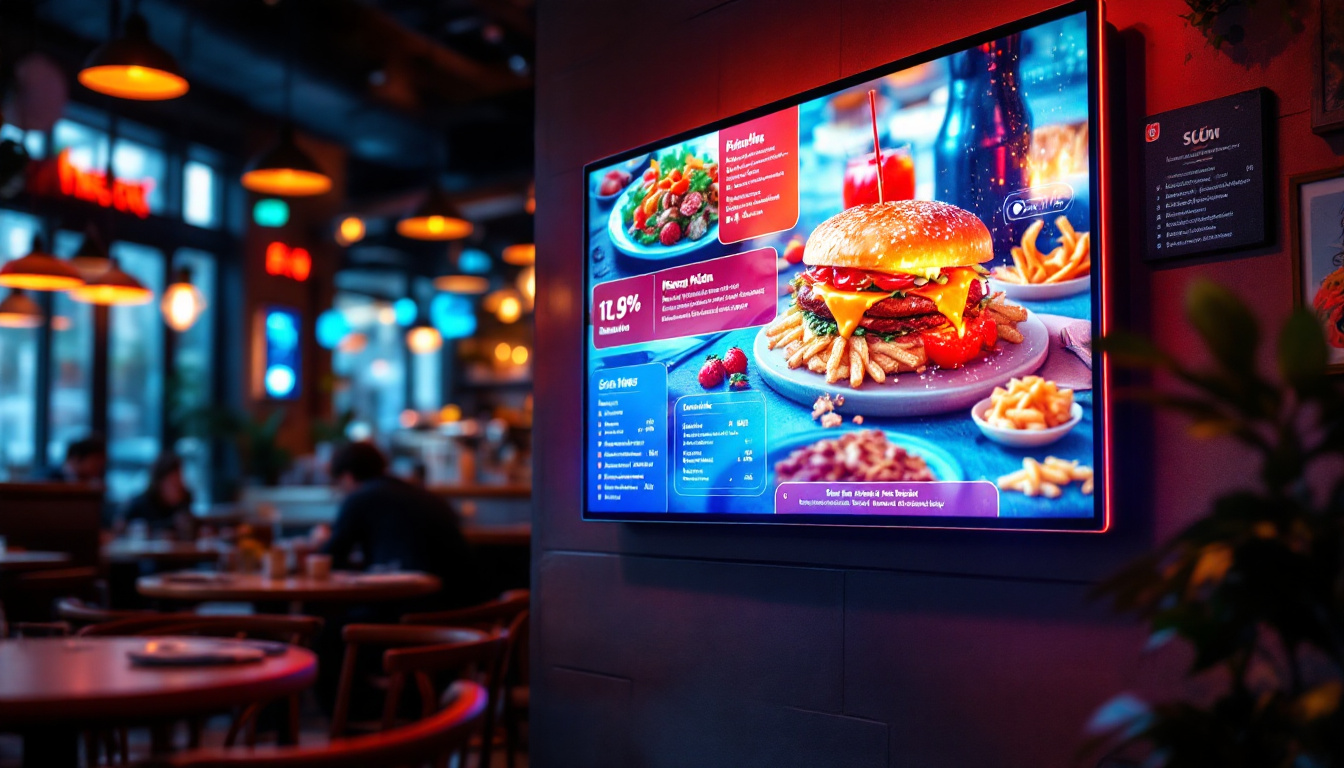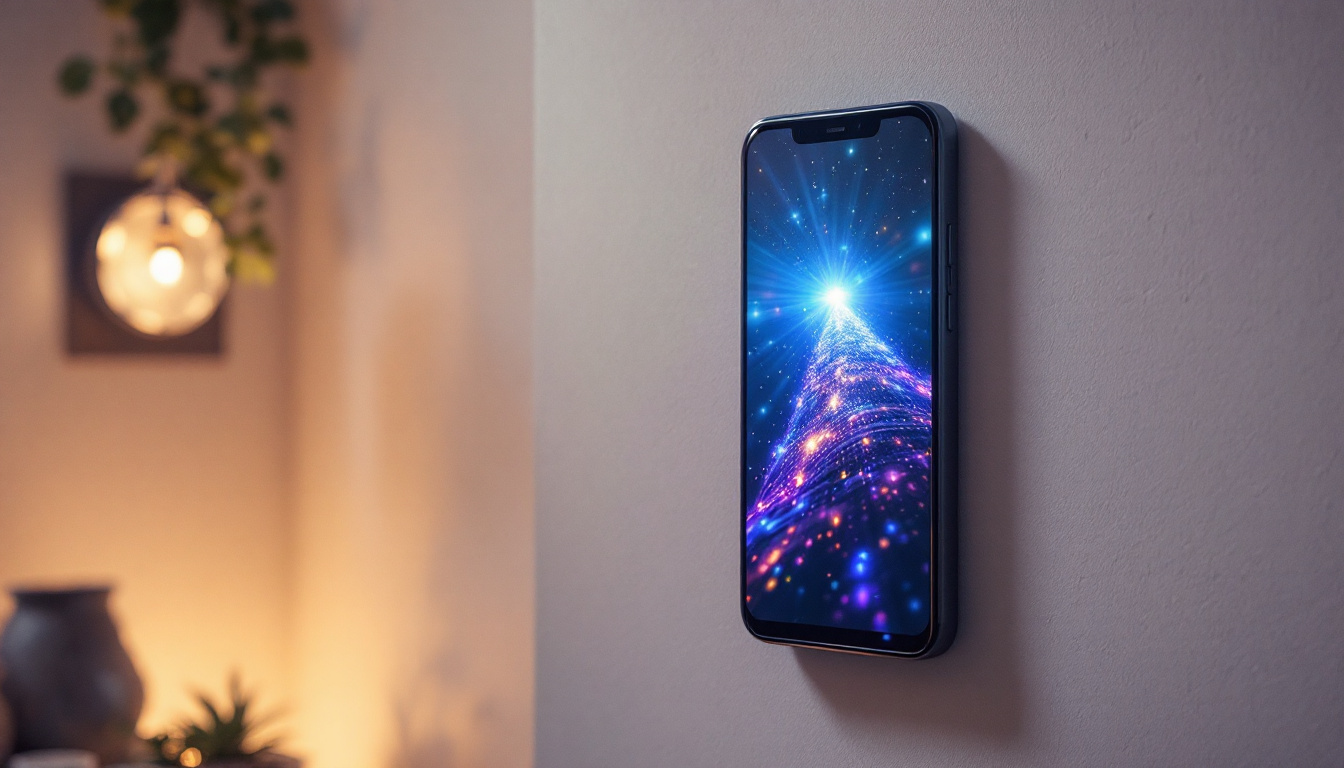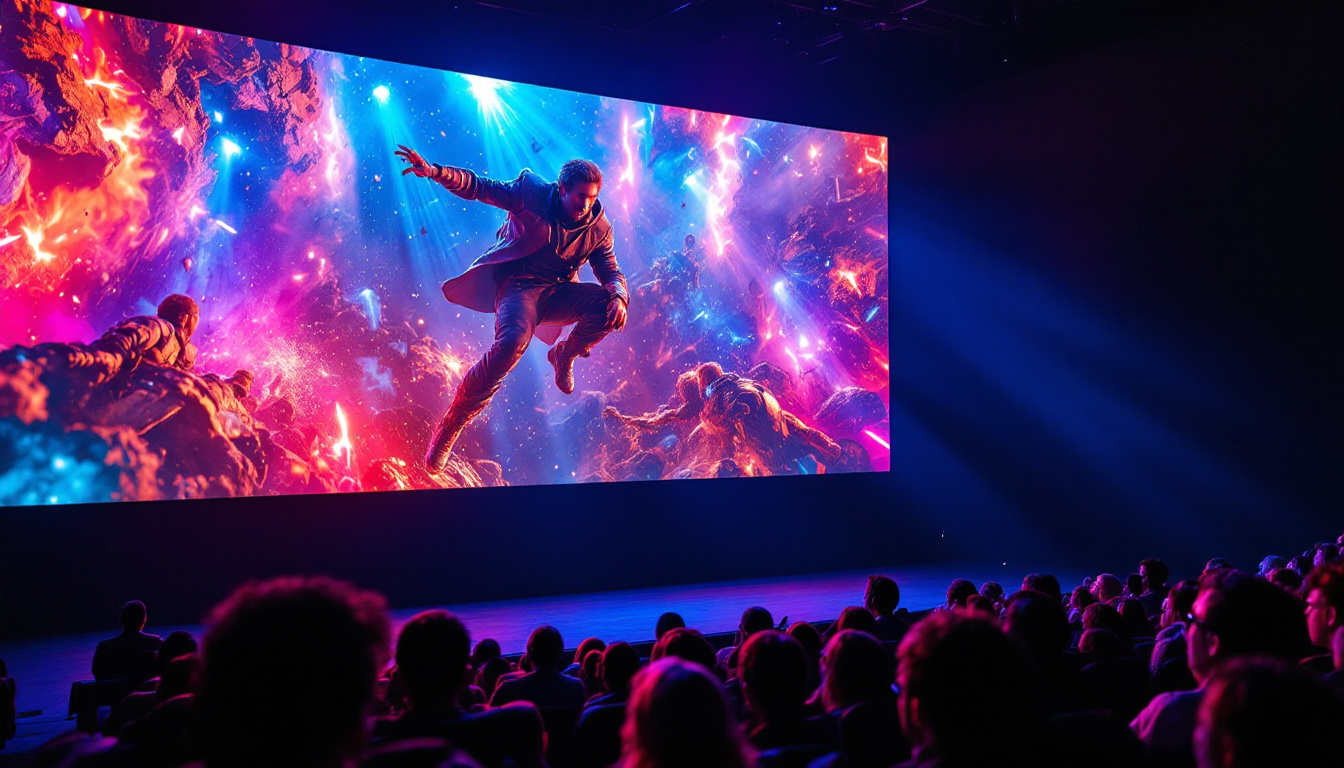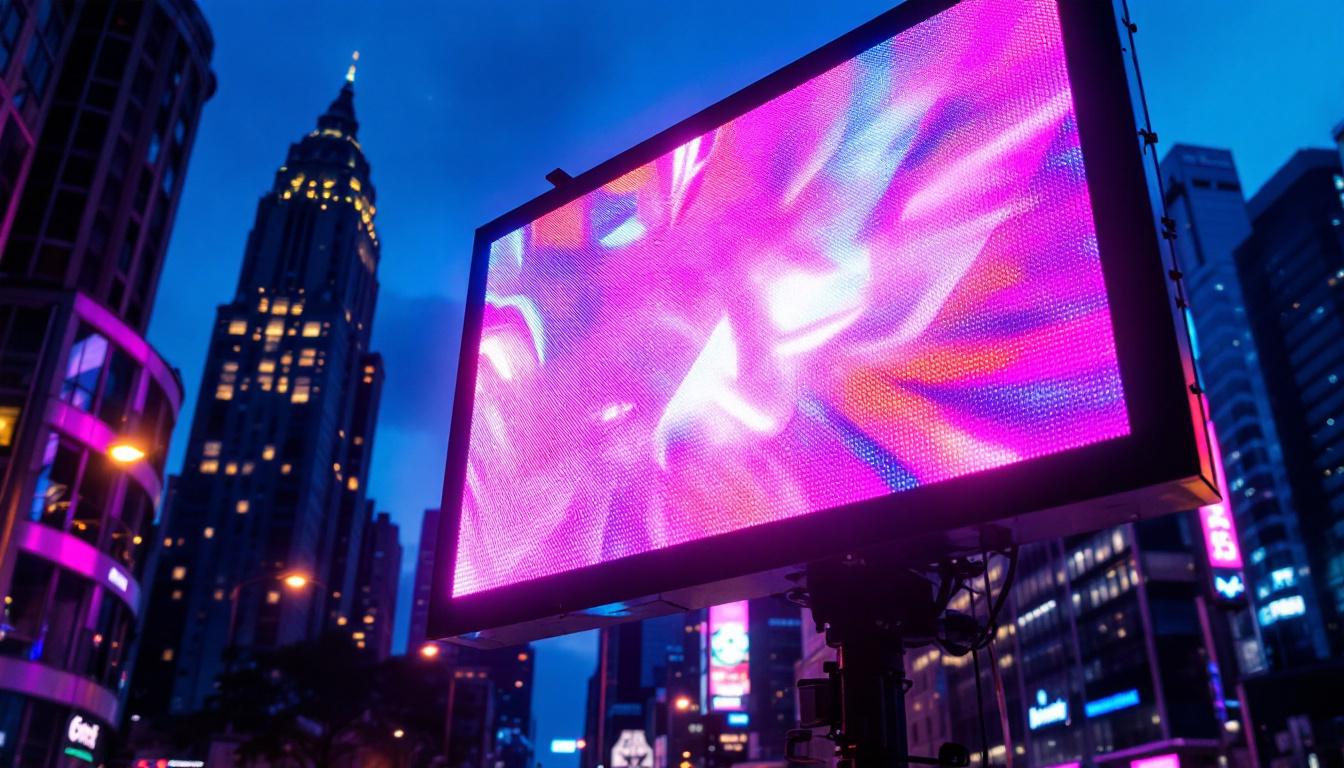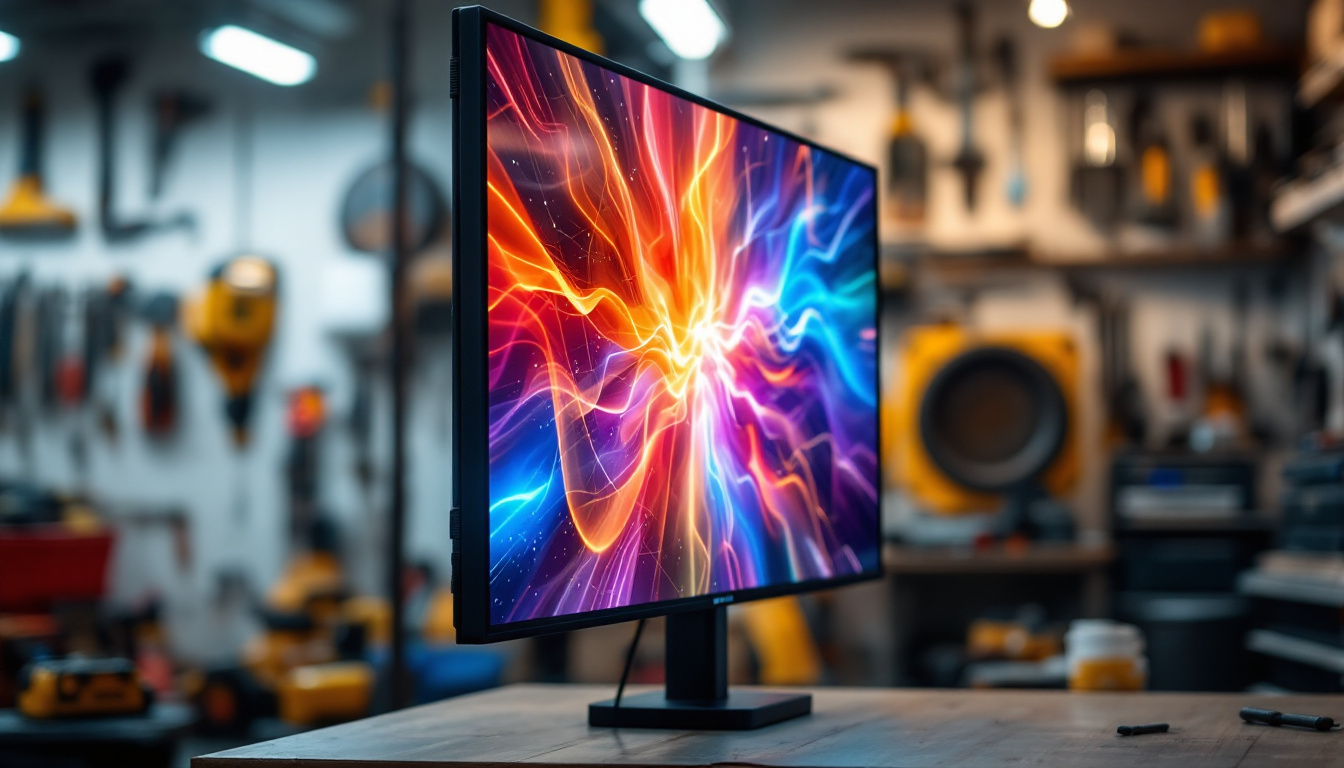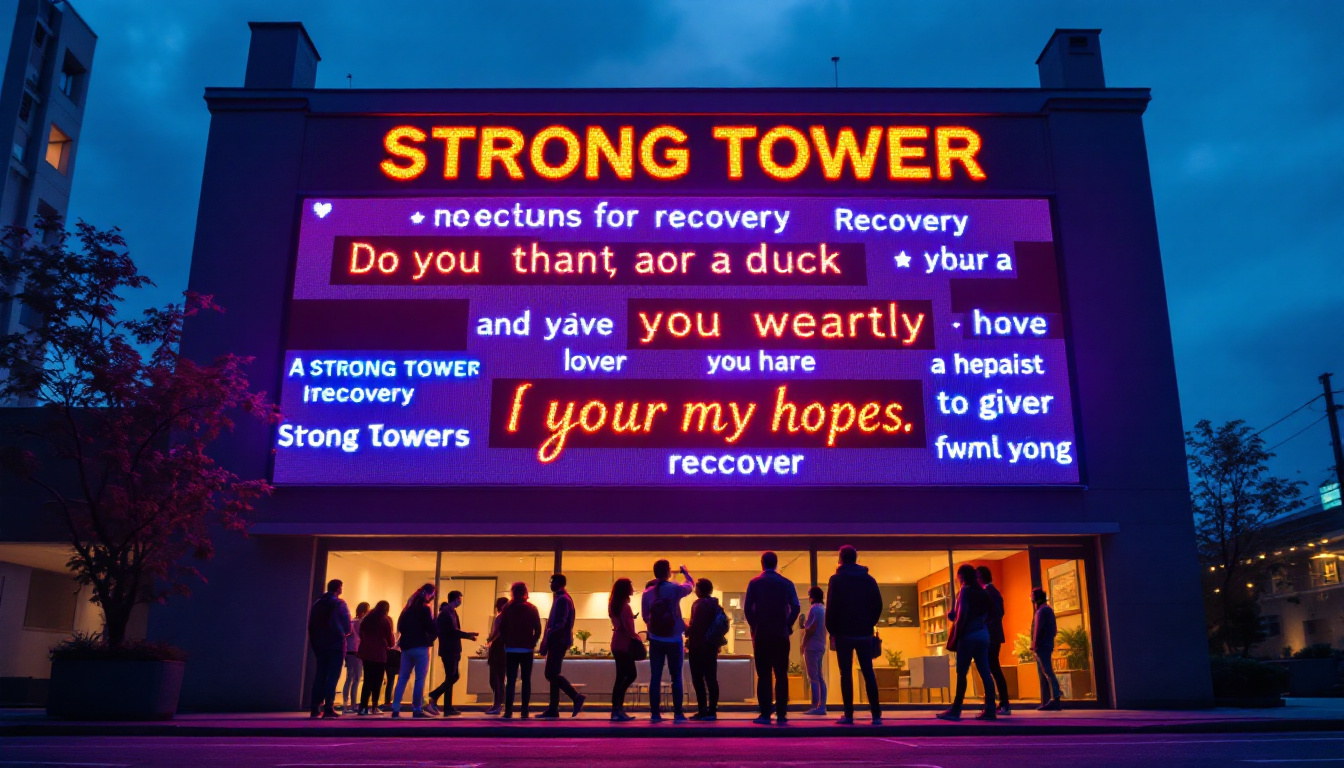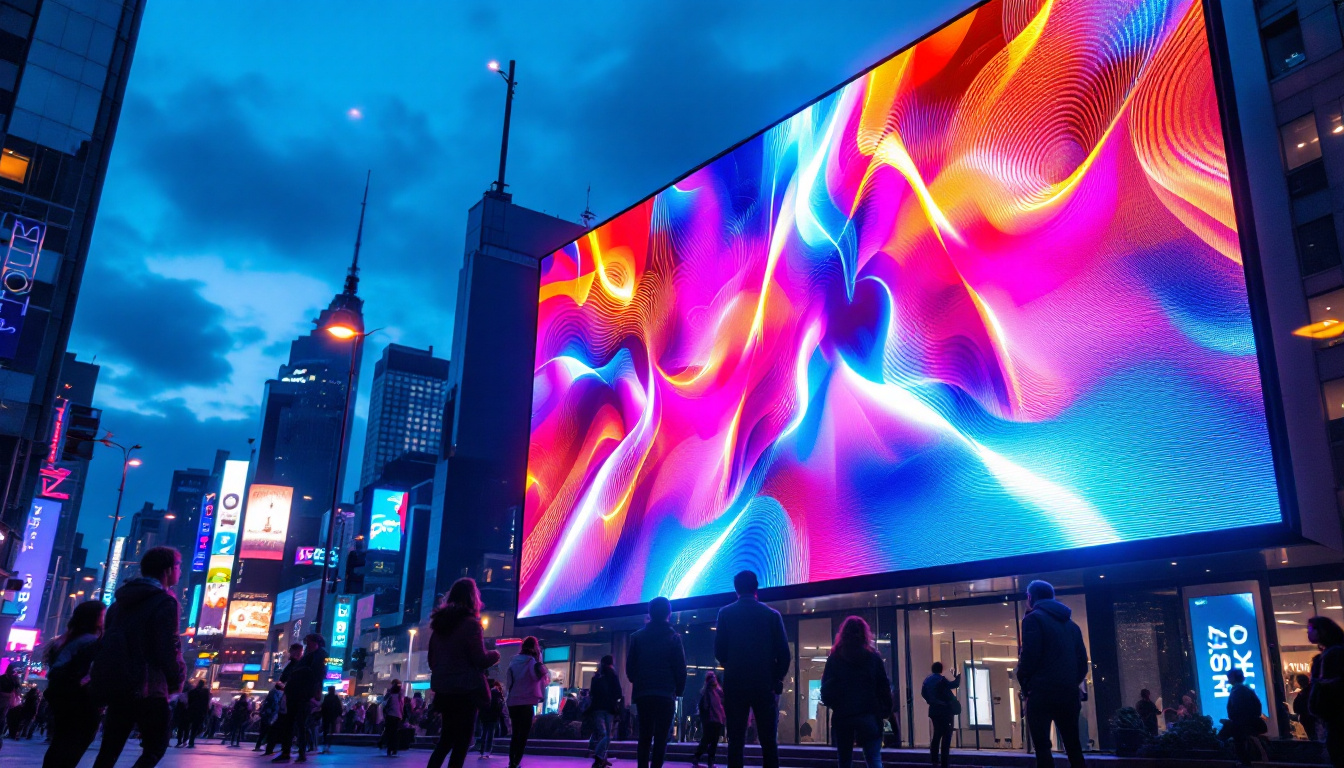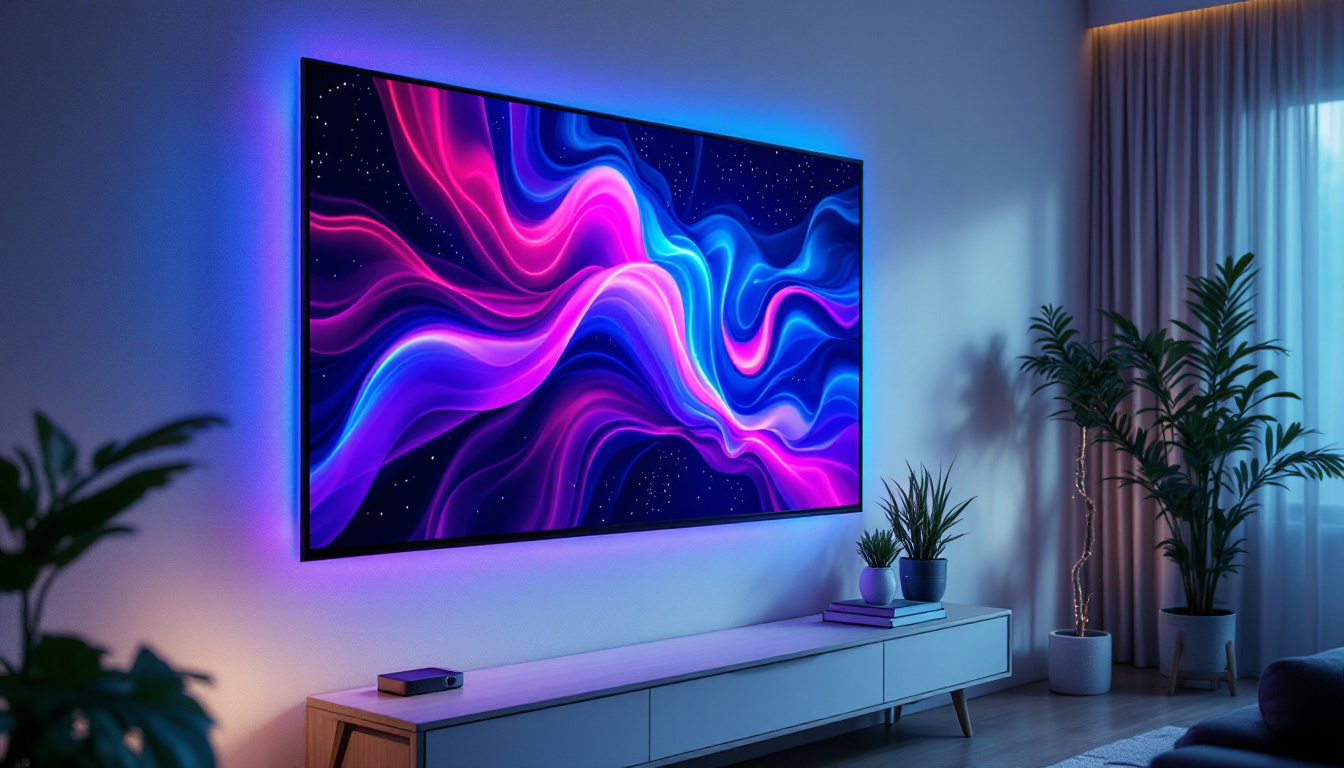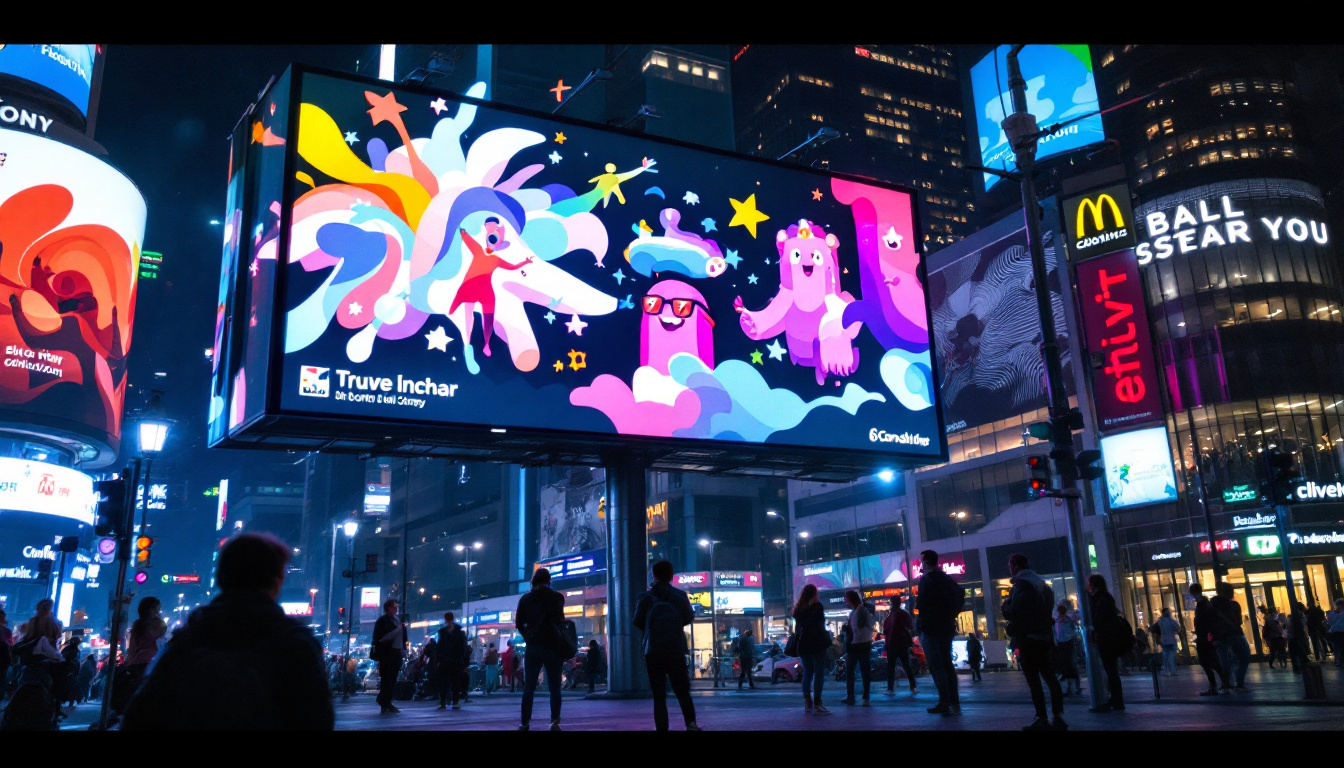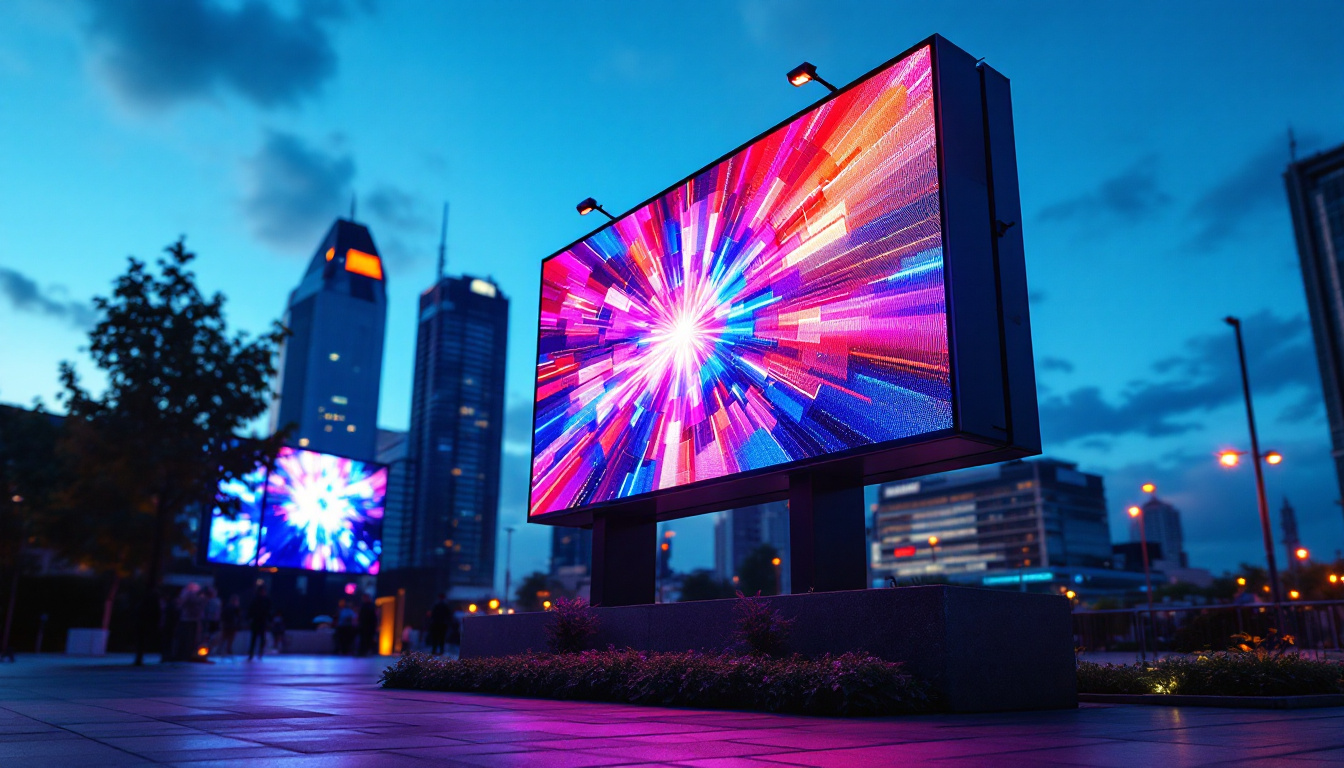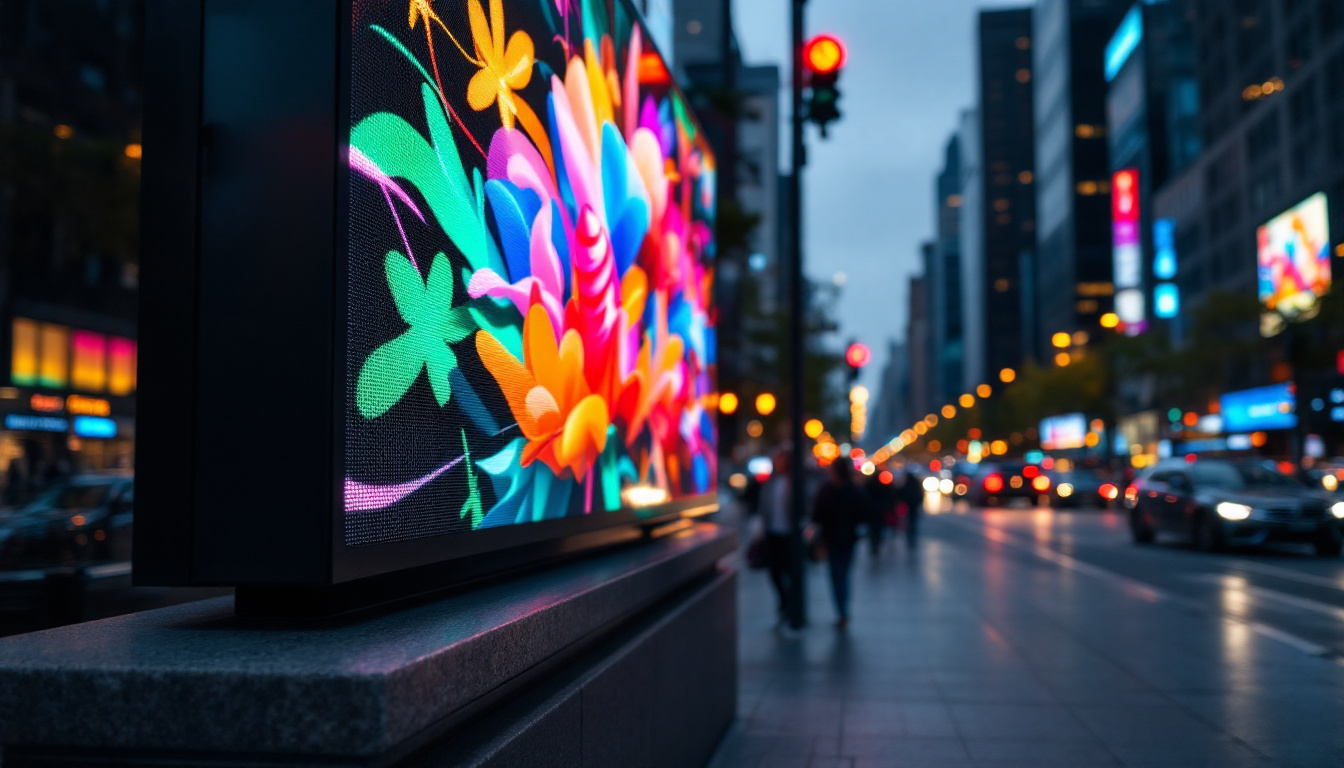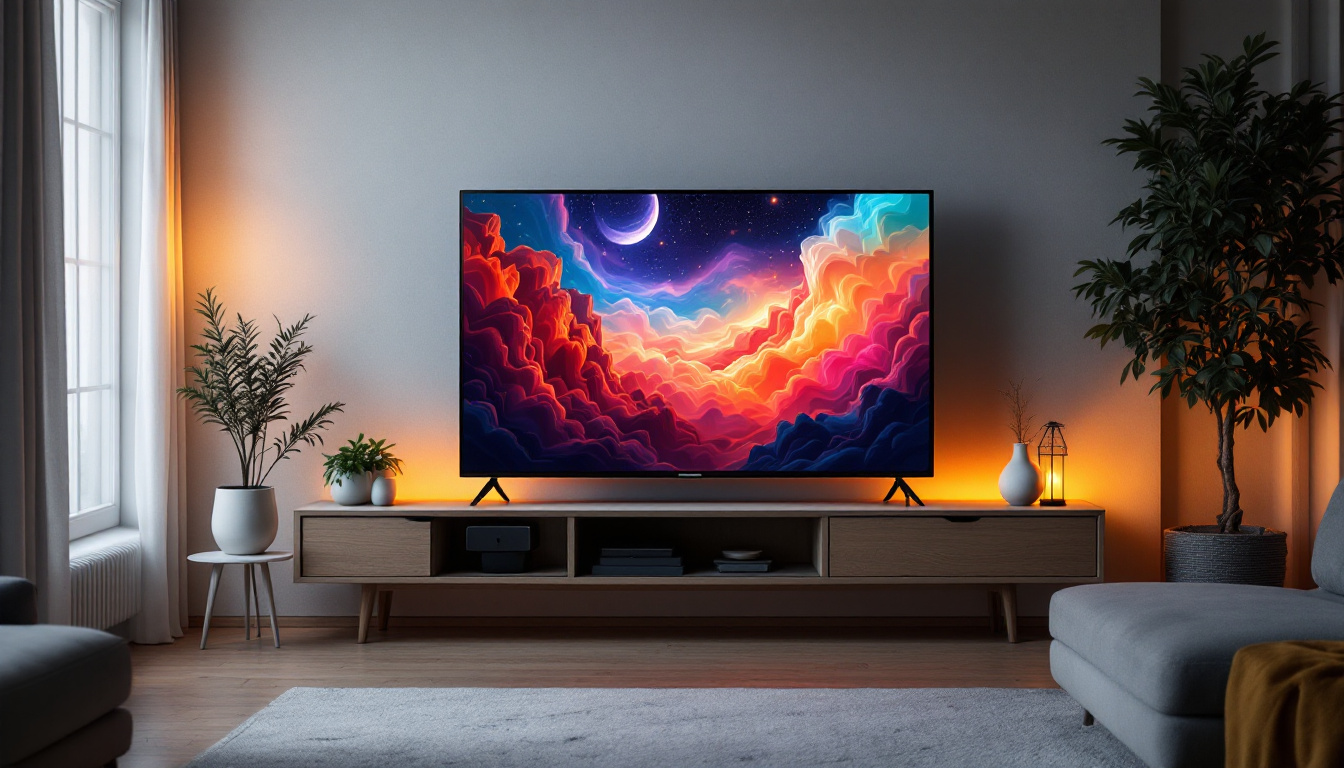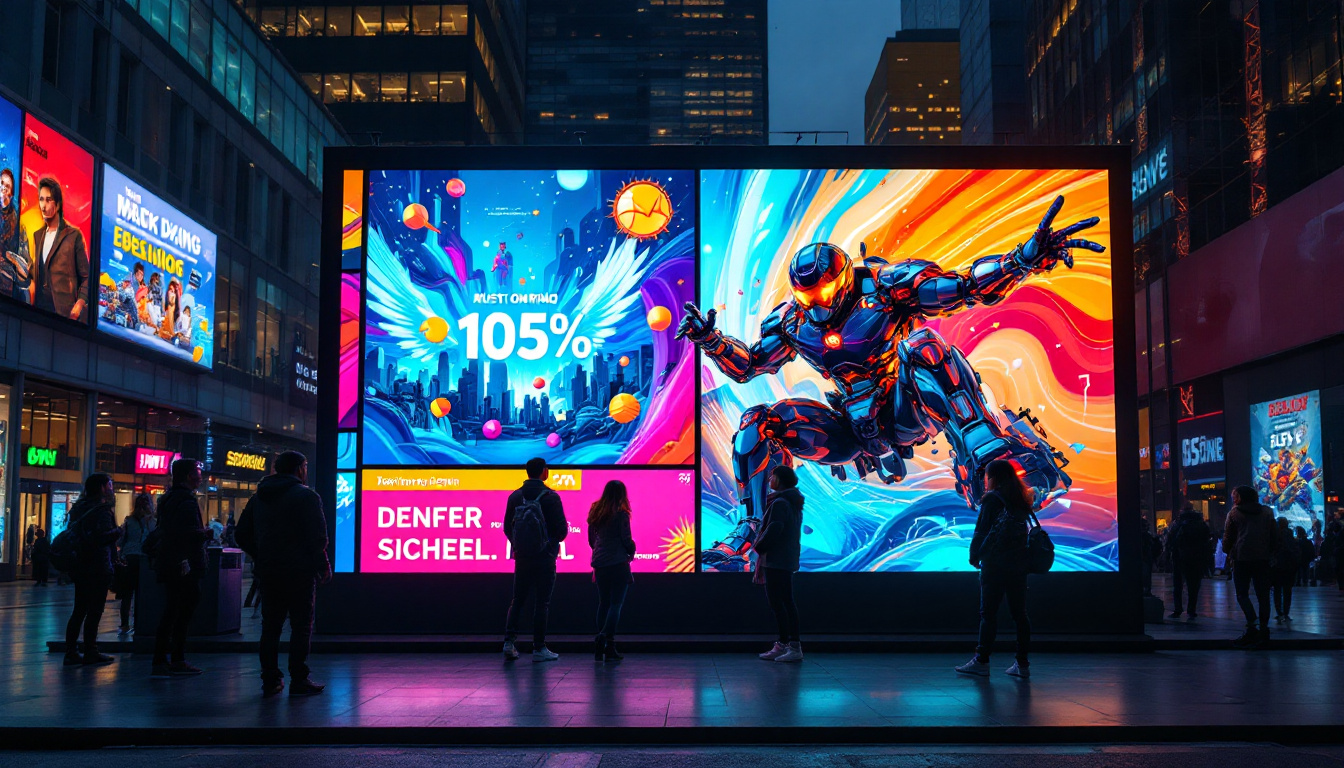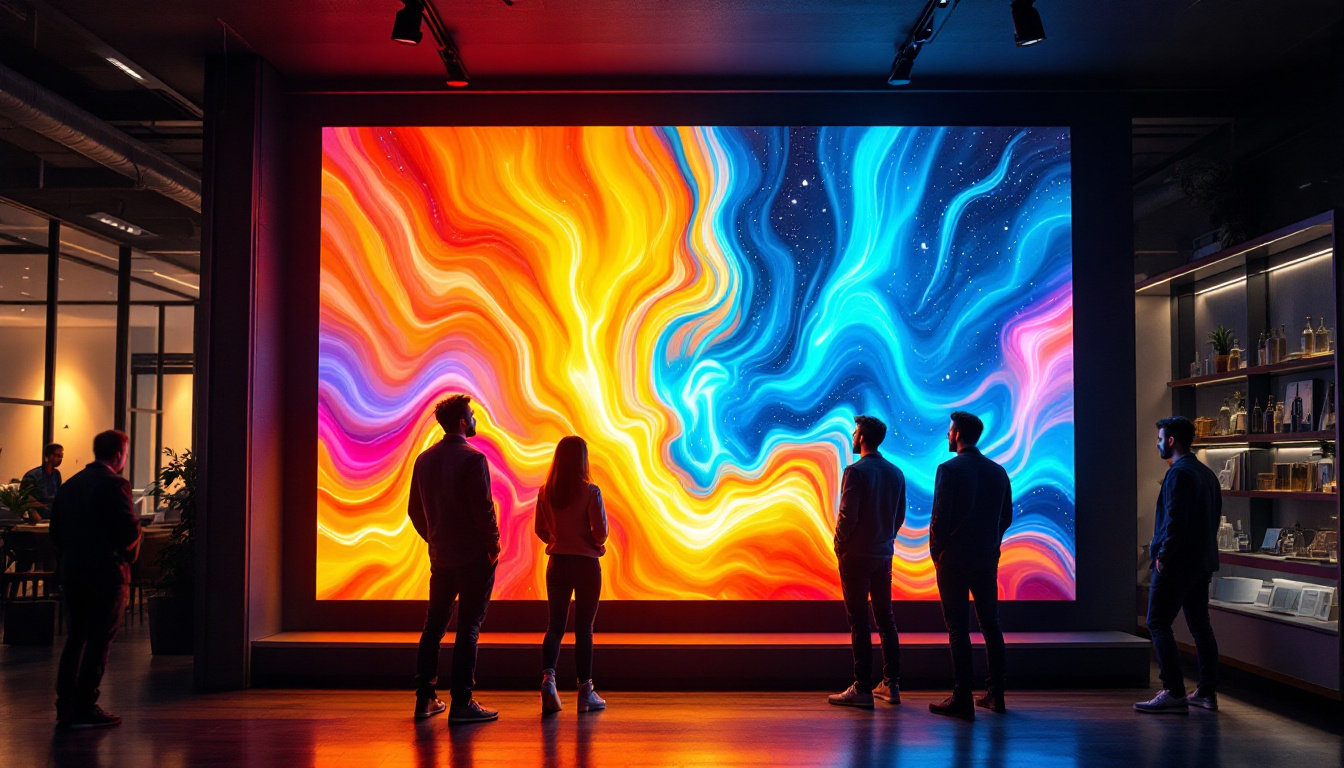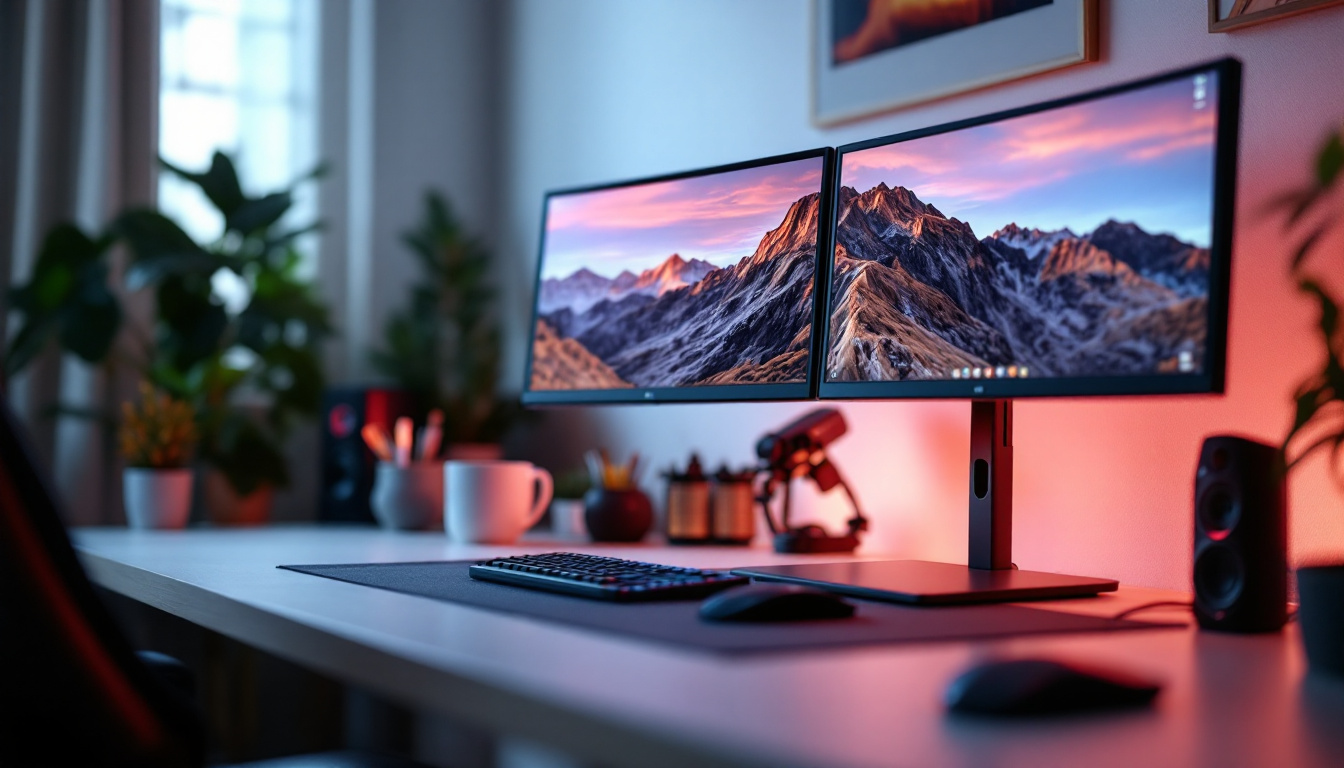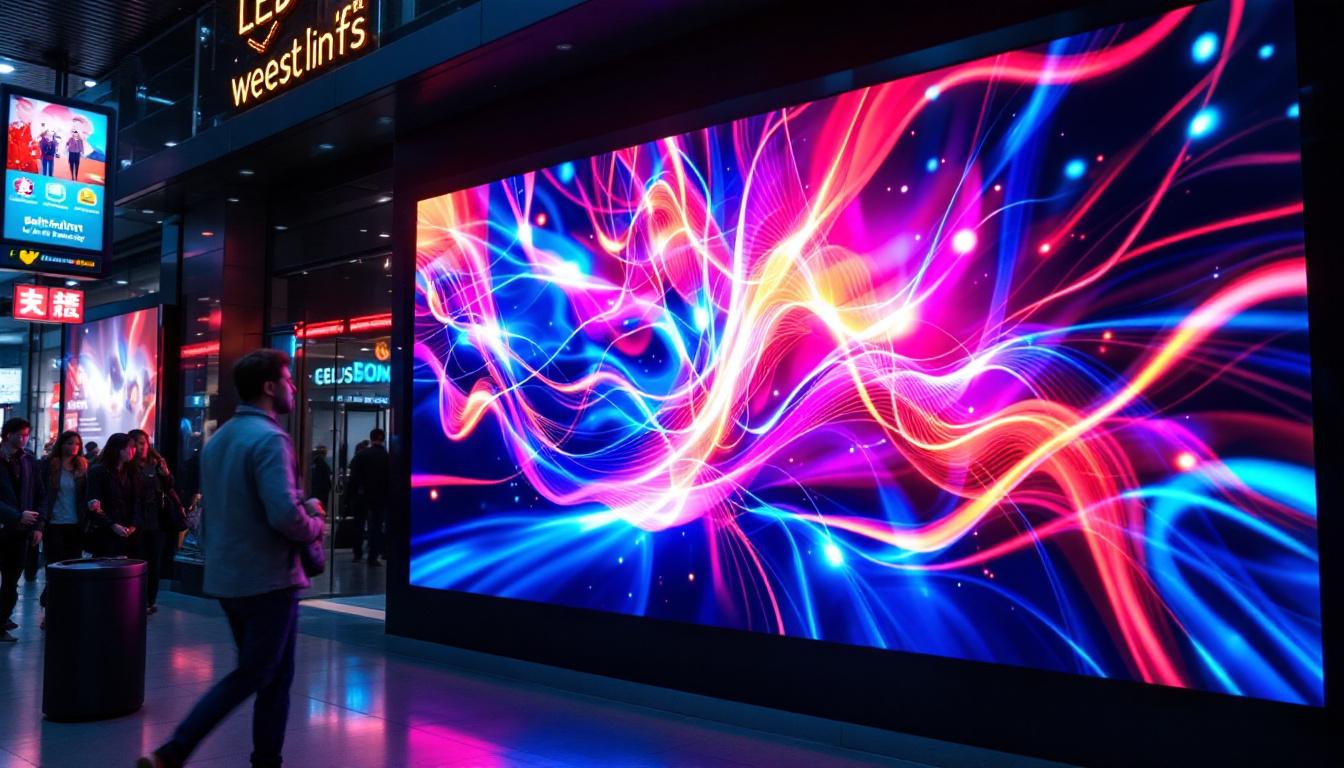In the realm of visual technology, desktop projectors have gained immense popularity for their versatility and capability to deliver high-quality images. Among the various types of projector screens available, LED displays stand out for their unique features and advantages. This article delves into the intricacies of desktop projector screens, focusing particularly on LED displays, their working mechanisms, benefits, and applications.
Understanding LED Displays
LED, or Light Emitting Diode, technology has revolutionized the way images are projected. Unlike traditional projection methods that rely on bulbs, LED displays utilize semiconductor technology to produce light. This results in brighter images with better color accuracy and contrast. The compact nature of LED displays also allows for thinner screens, making them ideal for desktop setups. Additionally, the lightweight design of LED displays facilitates easier installation and portability, which is particularly advantageous for businesses that require flexible display solutions for presentations or events.
How LED Displays Work
The fundamental operation of an LED display involves the emission of light from diodes. Each pixel on the screen is made up of red, green, and blue subpixels that combine to create a full spectrum of colors. When a signal is sent to the display, the diodes light up in varying intensities, producing the desired image. This method not only enhances brightness but also improves energy efficiency, making LED displays a popular choice for both personal and professional use. Furthermore, advancements in technology have led to the development of organic LED (OLED) displays, which offer even greater contrast ratios and flexibility in design, allowing for curved and flexible screens that can adapt to various environments.
Moreover, LED displays can be categorized into two types: direct view and projection. Direct view LED displays are commonly used in televisions and monitors, while projection LED displays are utilized in projectors. Both types share the same underlying technology but differ in their applications and setups. For instance, direct view displays are often preferred for their immediacy and clarity, while projection systems are favored for larger venues where screen size is paramount. This versatility in application showcases the adaptability of LED technology across different industries, from entertainment to education.
Advantages of LED Displays
One of the most significant advantages of LED displays is their superior brightness. This feature allows for clearer images even in well-lit environments, making them suitable for various settings, from home theaters to conference rooms. Additionally, LED displays offer a wider color gamut, ensuring that images are vibrant and lifelike. The ability to maintain consistent brightness and color accuracy over time also enhances the viewing experience, making LED displays a preferred choice for graphic designers and video editors who rely on precise color representation.
Another noteworthy benefit is their longevity. LED technology is known for its durability, with many displays lasting over 50,000 hours. This longevity translates to lower maintenance costs and reduced frequency of replacements, making LED displays a cost-effective choice in the long run. Moreover, the energy efficiency of LED displays contributes to lower electricity bills, which is an essential consideration for large installations in commercial spaces. As sustainability becomes increasingly important, the reduced environmental impact of LED technology, compared to traditional displays, further solidifies its position as a leading choice in modern display solutions.
Types of Desktop Projector Screens
When it comes to desktop projector screens, several types cater to different needs and preferences. Understanding these options can help users select the most suitable screen for their specific applications.
Fixed Frame Screens
Fixed frame screens are permanently mounted and provide a taut surface for projection. They are often used in dedicated home theaters or conference rooms where a professional appearance is desired. The tensioned fabric minimizes wrinkles and ensures a smooth projection surface, enhancing image quality.
These screens typically come in various aspect ratios, allowing users to choose one that best fits their projector’s output. The fixed nature of these screens means they are not portable, but they do offer a significant advantage in terms of image quality and viewing experience.
Portable Screens
For those who require flexibility, portable screens are an excellent option. These screens are lightweight and can be easily set up and taken down, making them ideal for presentations or outdoor movie nights. They come in various formats, including tripod and pull-down designs.
While portable screens may not offer the same level of image quality as fixed frame screens, advancements in materials have improved their performance. Many portable screens now feature tensioning systems that help reduce wrinkles and enhance the viewing experience.
Motorized Screens
Motorized screens combine convenience with functionality. These screens can be easily retracted or extended with the push of a button, making them a popular choice for both home and professional environments. They are available in both fixed and portable designs, offering versatility in installation.
Motorized screens are particularly beneficial in multi-purpose rooms where space is shared for different activities. Their ability to retract when not in use keeps the environment tidy and uncluttered, while still providing high-quality projection when needed.
Choosing the Right Projector Screen for LED Displays
Selecting the appropriate projector screen for an LED display involves several considerations. Understanding these factors can significantly enhance the overall viewing experience.
Screen Material
The material of the projector screen plays a crucial role in image quality. Common materials include matte white, high gain, and ambient light rejecting fabrics. Matte white screens are versatile and suitable for most environments, while high gain screens reflect more light, making them ideal for brighter projectors.
Ambient light rejecting screens are designed to minimize the effects of external light sources, making them perfect for rooms with significant natural light. Users should assess their specific environment and projector capabilities when choosing screen material.
Aspect Ratio
Aspect ratio refers to the width-to-height ratio of the screen. Common aspect ratios include 4:3, 16:9, and 2.35:1. The choice of aspect ratio largely depends on the type of content being viewed. For instance, 16:9 is the standard for HD video, while 4:3 is often used for presentations and older content.
Choosing the correct aspect ratio ensures that the projected image fills the screen appropriately, enhancing the viewing experience and preventing distortion.
Screen Size
The size of the projector screen is another critical factor. It should be proportional to the viewing distance and the size of the room. A screen that is too large may overwhelm the space, while one that is too small may not provide an immersive experience. As a general guideline, the viewing distance should be approximately 1.5 to 2.5 times the diagonal size of the screen for optimal viewing.
Users should also consider the height of the screen. The bottom of the screen should ideally be at eye level when seated to ensure comfortable viewing.
Applications of LED Projector Screens
LED projector screens find applications across various domains, from education to entertainment. Their versatility makes them suitable for a wide range of settings.
Education
In educational environments, LED projector screens are invaluable tools for enhancing learning experiences. They allow educators to present multimedia content effectively, engaging students with visuals that complement their lessons. Whether used in classrooms or lecture halls, these screens facilitate interactive learning and collaboration.
Moreover, the brightness and clarity of LED displays ensure that all students, regardless of their seating position, can view the content without difficulty. This accessibility promotes inclusivity and enhances the overall educational experience.
Business Presentations
In the corporate world, effective communication is paramount. LED projector screens play a crucial role in business presentations, enabling professionals to convey their ideas clearly and persuasively. The high-quality visuals provided by LED displays can significantly impact the audience’s engagement and retention of information.
Additionally, the portability of certain projector screens allows for seamless transitions between different meeting rooms or venues, making them ideal for traveling professionals. The ability to present high-definition content enhances the professionalism of any presentation.
Home Entertainment
For home entertainment, LED projector screens offer an immersive viewing experience that rivals traditional television setups. Whether for movie nights, gaming, or sports events, these screens can transform any room into a mini-theater. The vibrant colors and sharp images produced by LED displays enhance the enjoyment of visual content.
Furthermore, the flexibility of projector screens allows homeowners to customize their viewing environments. With options for portable and motorized screens, users can easily adapt their setups to suit different occasions, creating a dynamic entertainment space.
Maintenance and Care for LED Projector Screens
To ensure longevity and optimal performance, regular maintenance and care for LED projector screens are essential. Simple practices can significantly extend the lifespan of the screen and maintain image quality.
Cleaning Techniques
Cleaning the screen surface is crucial for maintaining clarity. Dust and smudges can accumulate over time, affecting projection quality. It is advisable to use a soft, lint-free cloth and a mild cleaning solution specifically designed for screens. Avoid using abrasive materials that could scratch the surface.
For stubborn stains, a gentle circular motion can help lift the residue without damaging the screen. Regular cleaning, ideally every few months, will help keep the screen in pristine condition.
Proper Storage
When not in use, proper storage of portable and motorized screens is vital. For portable screens, ensure they are retracted and stored in a protective case to prevent damage. Motorized screens should also be fully retracted to avoid any potential wear on the mechanism.
Additionally, keeping the screen away from direct sunlight and extreme temperatures will help maintain its integrity over time. Proper storage practices can significantly enhance the durability of the screen.
Conclusion
Desktop projector screens, particularly those utilizing LED technology, offer a plethora of advantages for various applications. From education to entertainment, their versatility and high-quality performance make them an essential tool for enhancing visual experiences. By understanding the different types of screens available, their features, and maintenance practices, users can make informed decisions that cater to their specific needs.
As technology continues to evolve, the capabilities of LED displays will only improve, promising even more exciting advancements in the world of projection. Investing in a quality projector screen is not just about enhancing visuals; it’s about creating engaging experiences that resonate with audiences across different settings.
Discover LumenMatrix’s Innovative LED Display Solutions
Ready to elevate your visual experience with the latest in LED display technology? Look no further than LumenMatrix, a pioneer in crafting LED display modules that transform any space into a dynamic visual spectacle. Whether you’re looking to captivate your audience with an Indoor LED Wall Display, make a bold statement with an Outdoor LED Wall Display, or innovate on the go with a Vehicle LED Display, LumenMatrix has the solution. Our extensive range of products, including LED Poster Displays, LED Sports Displays, and even Custom LED Displays, are designed to meet your unique needs and exceed expectations. Embrace the future of visual communication and check out LumenMatrix LED Display Solutions today to create unforgettable experiences and share your message with unparalleled impact and clarity.

